Jake Wise
ArboristSite Member
I started by tracking down the tanks I would need to put the boiler together. I had a 250 gallon anhydrous tank that would be the fire box but I needed a larger tank to be the water jacket. I determined that the cheapest route would be to buy a 500 or 1000 gallon anhydrous tanks, so I watched the agricultural auction sites until I found one two and a half hours away for $200.

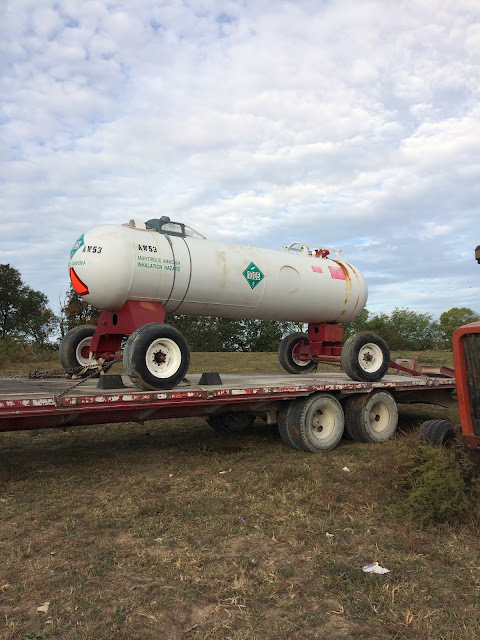
I had built another one of these for our old house a few years back so I pretty well knew how I wanted to do it. I first considered using the entire 1000 gallon tank, but I decided that so much water wouldn't be practical, so I started by cutting the big tank in half. I then cut the end off the little one and took measurements for the end plate. I went to a local fab shop and had one cut out.
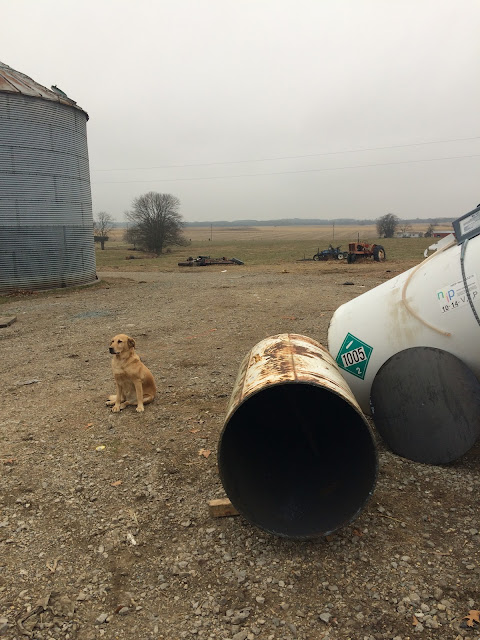
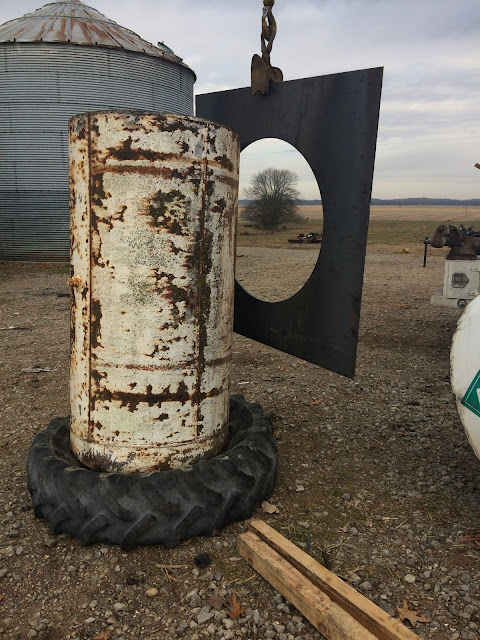
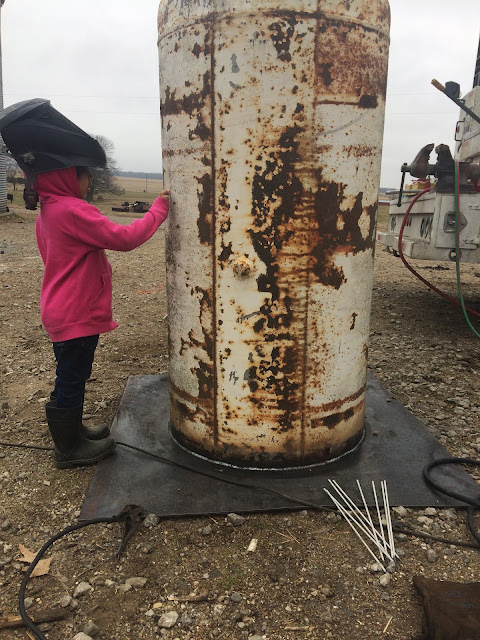
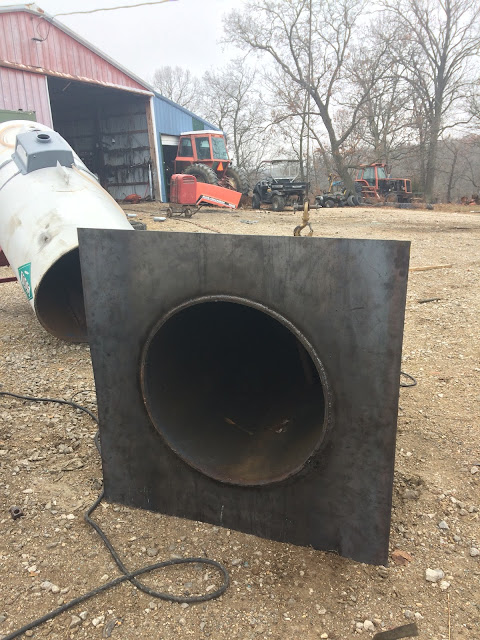
Getting the plate on was harder than I expected it to be because it turned out that the smaller tank was not exactly round. I got it tacked on and then flipped it over and welded it solid. The next step is welding the chimney pipe into the fire box before inserting it into the jacket.
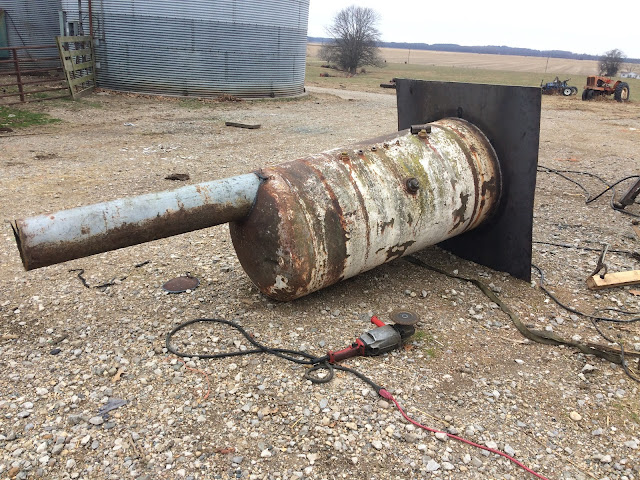
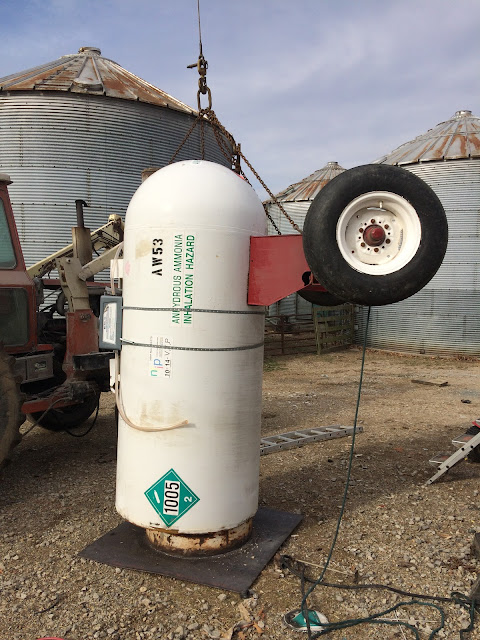
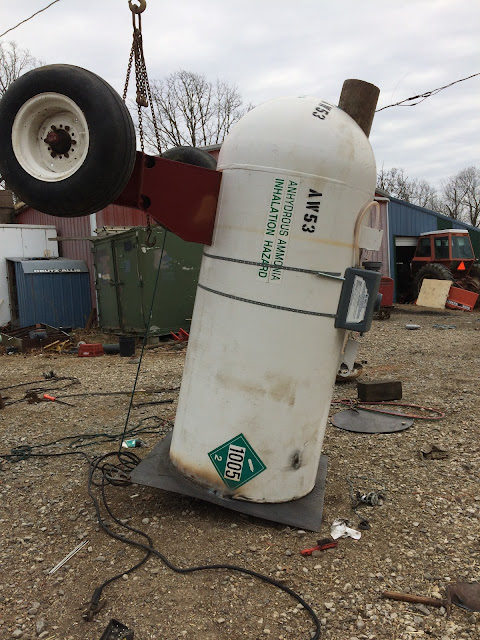
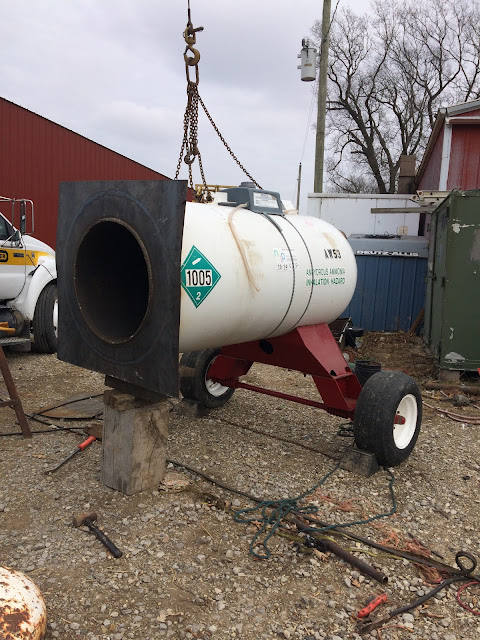
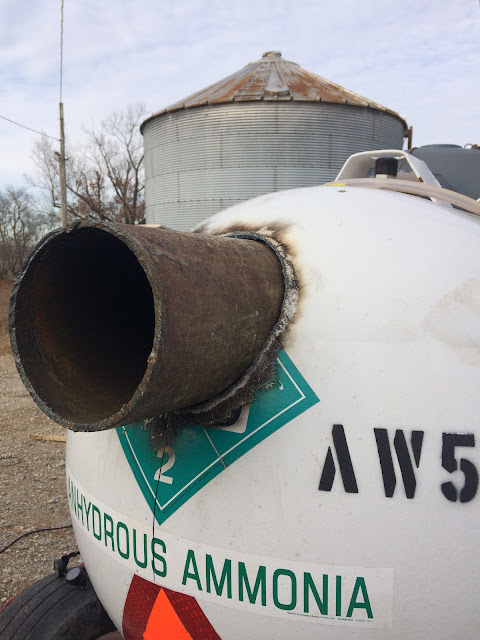
On my last stove the flue went straight out the top and was only in the water jacket 3", on this one I wanted to run it out the back so it would be in the water jacket over three feet. I knew that I needed something that wouldn't be prone to failure so I used an old oxygen bottle that I cut the ends off of. One of the hardest parts was figuring out how to cut the hole the right size and in the right place. I needed to cut a circular hole in a ball in the rounded end of the tank and it took some trial and error. I put the burn chamber inside the jacket and centered it. I then inserted the flue through both and tacked it to the inner chamber. I then removed the inner chamber and welded it fully before setting the water jacket over the top of inner chamber. Me not being a fabricator by trade, and this being the real world, my end plate and my outer chamber were gaped open on one side. I used my crane to hold the tank where it would put pressure on the plate and close the gap. Luckily I'm a function over form guy.


I had built another one of these for our old house a few years back so I pretty well knew how I wanted to do it. I first considered using the entire 1000 gallon tank, but I decided that so much water wouldn't be practical, so I started by cutting the big tank in half. I then cut the end off the little one and took measurements for the end plate. I went to a local fab shop and had one cut out.




Getting the plate on was harder than I expected it to be because it turned out that the smaller tank was not exactly round. I got it tacked on and then flipped it over and welded it solid. The next step is welding the chimney pipe into the fire box before inserting it into the jacket.





On my last stove the flue went straight out the top and was only in the water jacket 3", on this one I wanted to run it out the back so it would be in the water jacket over three feet. I knew that I needed something that wouldn't be prone to failure so I used an old oxygen bottle that I cut the ends off of. One of the hardest parts was figuring out how to cut the hole the right size and in the right place. I needed to cut a circular hole in a ball in the rounded end of the tank and it took some trial and error. I put the burn chamber inside the jacket and centered it. I then inserted the flue through both and tacked it to the inner chamber. I then removed the inner chamber and welded it fully before setting the water jacket over the top of inner chamber. Me not being a fabricator by trade, and this being the real world, my end plate and my outer chamber were gaped open on one side. I used my crane to hold the tank where it would put pressure on the plate and close the gap. Luckily I'm a function over form guy.






















































